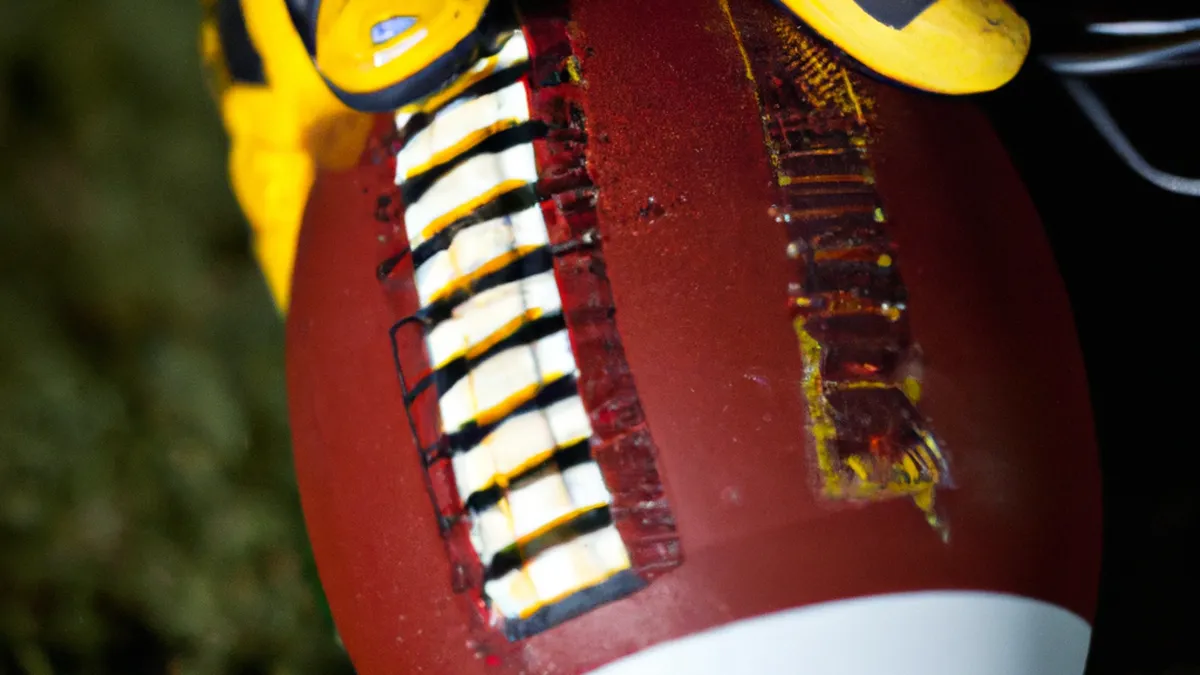Wrist Pain vs Paddle Performance: A Balance
Tips for Managing Wrist Pain Related to Paddle UsePaddle sports provide fun and exercise but can cause wrist pain. Kayaking, canoeing, and stand-up paddleboarding can strain your wrists. You can take steps to manage and prevent this pain. This blog post offers tips to help you enjoy paddle sports while avoiding discomfort.
As an Amazon Associate I earn from qualifying purchases.
Gear tip: consider stopwatch, stretching strap, and yoga blocks to support this topic.
Understand the Causes of Wrist Pain
Repetitive motions often cause wrist pain. Paddling requires your wrist to rotate and flex constantly. This action can lead to overuse injuries. Improper technique can worsen the problem. Understanding these causes helps in prevention.
Common Symptoms
You may notice various symptoms of wrist pain, such as:- Sharp or aching pain- Swelling or inflammation- Stiffness or reduced range of motion- Weak grip strengthRecognizing these symptoms early allows you to take action before the pain worsens.
Tips for Preventing Wrist Pain
You can implement several strategies to prevent wrist pain from paddle use. Here are some effective tips.
1. Use the Right Equipment
Choosing the right paddle significantly impacts your comfort. Ensure the paddle’s length matches your height and paddling style. A paddle that is too long or short can strain your wrists. Select paddles with ergonomic grips to promote a natural wrist position.
2. Maintain Proper Technique
Correct paddling technique is essential for preventing pain. Focus on using your core muscles instead of just your arms and wrists. Keep a relaxed grip on the paddle. Overgripping can cause tension and pain. Regularly check your form and adjust as necessary. Consider getting guidance from an experienced paddler.
3. Incorporate Strengthening Exercises
Strengthening your wrists can help reduce pain. Include wrist exercises in your routine. Perform wrist curls, wrist extensions, and grip-strengthening exercises. These exercises build muscle and improve flexibility. Incorporate shoulder and core exercises to support your wrists during paddling.
4. Take Breaks and Stretch
Paddling for long periods can cause fatigue. Schedule regular breaks to rest your wrists. Use breaks to stretch your wrists and hands. Try wrist flexion and extension stretches. The prayer stretch, where you press your palms together and lower your hands, can also help. Stretching maintains flexibility and reduces tension.
Advice for Managing Pain
If you experience wrist pain, address it promptly. Follow these tips to manage discomfort effectively.
1. Apply Ice and Rest
Rest is crucial when you feel pain. Take a break from paddling until the pain subsides. Apply ice to the affected area to reduce inflammation. Use ice packs for 15-20 minutes several times a day.
2. Use a Brace
Consider a wrist brace for extra support. A brace stabilizes your wrist during paddling and limits excessive movement. This support helps manage pain and prevents further injury. Choose a brace that allows some mobility while providing stability.
3. Consult a Professional
If pain persists despite self-care, consult a healthcare professional. A doctor or physical therapist can evaluate your condition. They may recommend specific exercises or treatments tailored to your needs. Early intervention can prevent more severe injuries.
Benefits of Proper Wrist Management
Effectively managing wrist pain enhances your overall paddling experience. Here are some benefits you can expect:- **Increased Comfort**: Addressing wrist pain allows you to enjoy your time on the water without discomfort.- **Improved Performance**: Healthy wrists improve your paddling technique, allowing you to paddle longer and more efficiently.- **Enhanced Longevity**: Proper wrist management helps you continue paddling for years, allowing you to stay active in this rewarding sport.
Conclusion
Managing wrist pain related to paddle use is vital for enjoying your time on the water. Understanding the causes and implementing preventive measures can reduce discomfort. Using the right equipment, maintaining proper technique, and incorporating exercises will strengthen your wrists. If pain occurs, take breaks, apply ice, and seek professional advice for relief. With these tips, you can continue to enjoy paddle sports for years. Happy paddling!
Below are related products based on this post:
FAQ
What causes wrist pain in paddle sports?
Wrist pain in paddle sports is often caused by repetitive motions that involve constant rotation and flexing of the wrist. This can lead to overuse injuries, especially if improper technique is used. Understanding these causes is essential for prevention.
How can I prevent wrist pain while paddling?
To prevent wrist pain, use the right equipment, maintain proper paddling technique, and incorporate strengthening exercises into your routine. Taking regular breaks to stretch your wrists and hands is also important for reducing fatigue and maintaining flexibility.
What should I do if I experience wrist pain?
If you experience wrist pain, it’s important to rest and apply ice to the affected area. Using a wrist brace can provide additional support. If the pain persists, consult a healthcare professional for a thorough evaluation and tailored treatment recommendations.















Post Comment